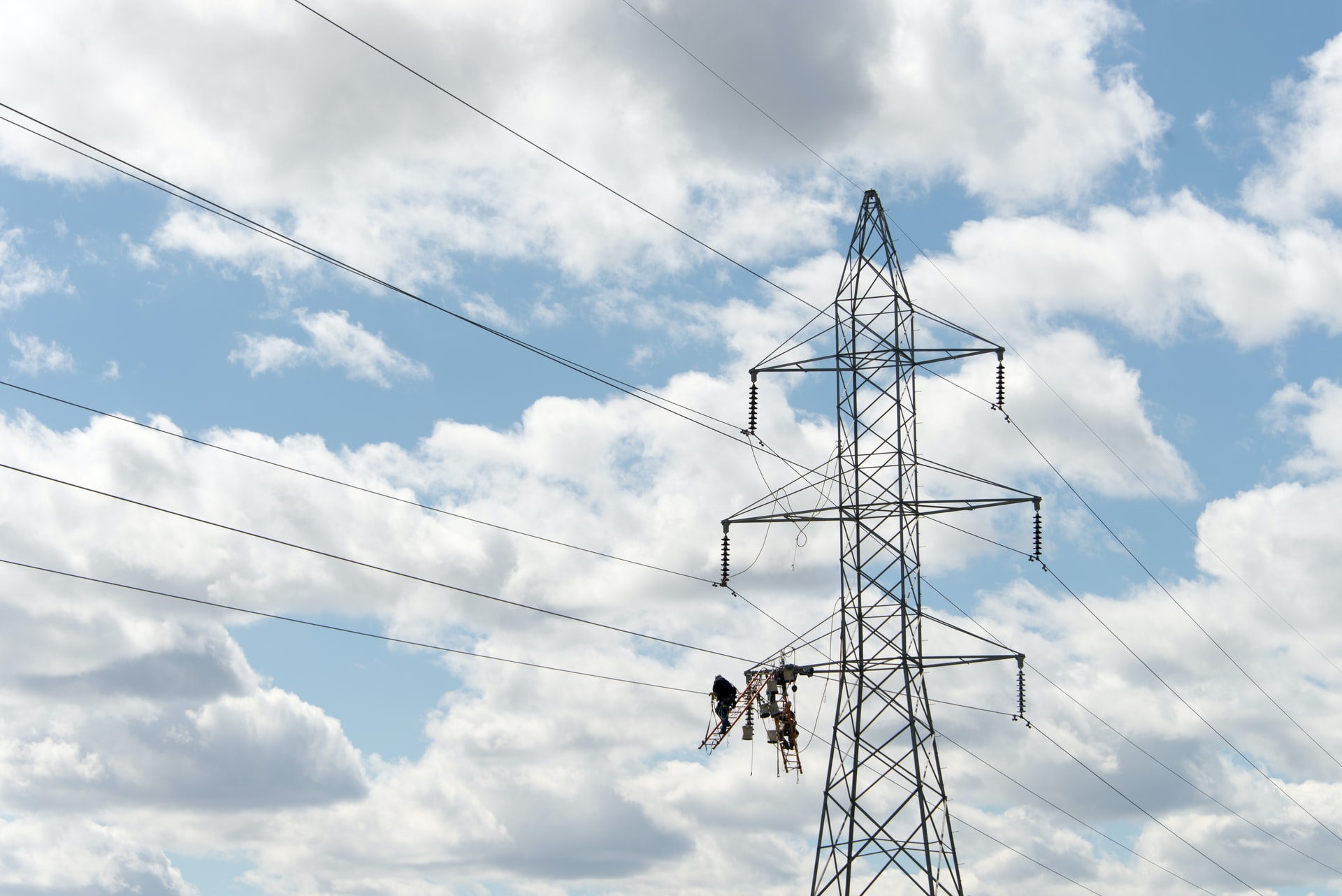
Electrified vehicles are just simply much cheaper to own and operate

ERG alumni Ranjit Deshmukh, Amol Phadke and associate professor Duncan Callaway recently had their research, “Least-cost targets and avoided fossil fuel capacity in India’s pursuit of renewable energy” published in the Proceedings of the National Academy of Sciences. Their analysis on India’s power usage, weather patterns and energy infrastructure was featured in the The Current, and suggests that the country is “well positioned to take advantage of green energy sources”.

In a recent San Francisco Chronicle article, titled “Why the massive power outages in Texas are so much worse than California’s summer blackouts,” features ERG professor Dan Kammen discussing how such energy outages have highlighted a similarity between California and Texas.
“What is so interesting here is that like in California — extreme weather (for us, fires) — has stressed an old, outdated and ‘not smart’ grid,” Kammen stated. “Without well-integrated solar, wind, AND energy storage our grids are vulnerable.”

A recent article in Bloomberg News, titled “The Electrical Power Crash Is Just Like a Stock Market Crash,” features ERG associate professor Duncan Callaway. The article discusses the state-wide electrical grid failure in Texas, and how the record cold snap caused plants to fail all at once.
Callaway suggests that building more connections between the electricity grid of Texas and the two other man grids that cover the rest of the contiguous 48 states could pose as a potential solution. “If Texas were interconnected with other parts of the U.S., this certainly would not have been as bad,” he states.

ERG assistant professor David Anthoff in a team of researchers recently published new analysis in the journal Nature, listing a series of measures the Biden administration should consider in recalculating the social cost of carbon (SCC).
“Economic analysis is at the heart of the regulatory process in the U.S. and will therefore play a major role in shaping and informing the ambitious climate goals from the new administration,” Anthoff stated. “Our recommendations offer a roadmap for how this can be done in a way that is both scientifically rigorous and transparent.”

ERG adjunct professor Margaret Torn was recently featured in Earthweek for her leading research in how the U.S can reach zero net emissions of carbon dioxide in 2050 by shifting energy infrastructure to operate mainly on renewable energy.
“It means that by 2050 we need to build many gigawatts of wind and solar power plants, new transmission lines, a fleet of electric cars and light trucks, millions of heat pumps to replace conventional furnaces and water heaters, and more energy-efficient buildings,” Torn states.

ERG PhD student Julia Szinai and assistant adjunct professor Andrew Jones were recently featured in AGU news for their research on evaluating cross-sectoral impacts of climate change and adaptations on the energy-water nexus.
“How we adapt to climate change in the water sector can exacerbate or offset impacts on the grid,” Szinai states. “And so those interactions shouldn’t be ignored in planning.”